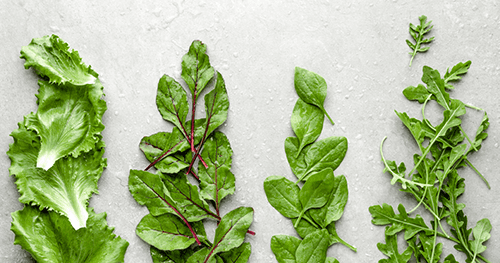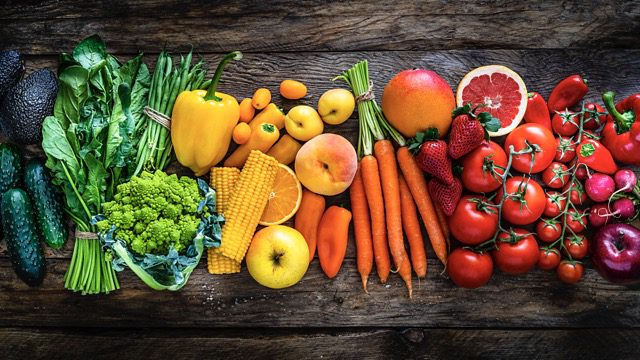
by rachael | Feb 16, 2023 | Nutrition
Doctors and parents say “eat your greens!” for good reason. Full of vitamins, minerals, and fiber, green veggies are good for you. These foods lower your risk of obesity, heart disease, high blood pressure, and other health problems. But they aren’t always cheap. ($2...

by rachael | Jul 1, 2022 | Nutrition
The health benefits of eating fresh fruits and vegetables daily are undisputed. They contain a terrific supply of vitamins, minerals, and fiber; they are generally low-calorie and low-fat food sources; they help you maintain good health and weight; they supply...




